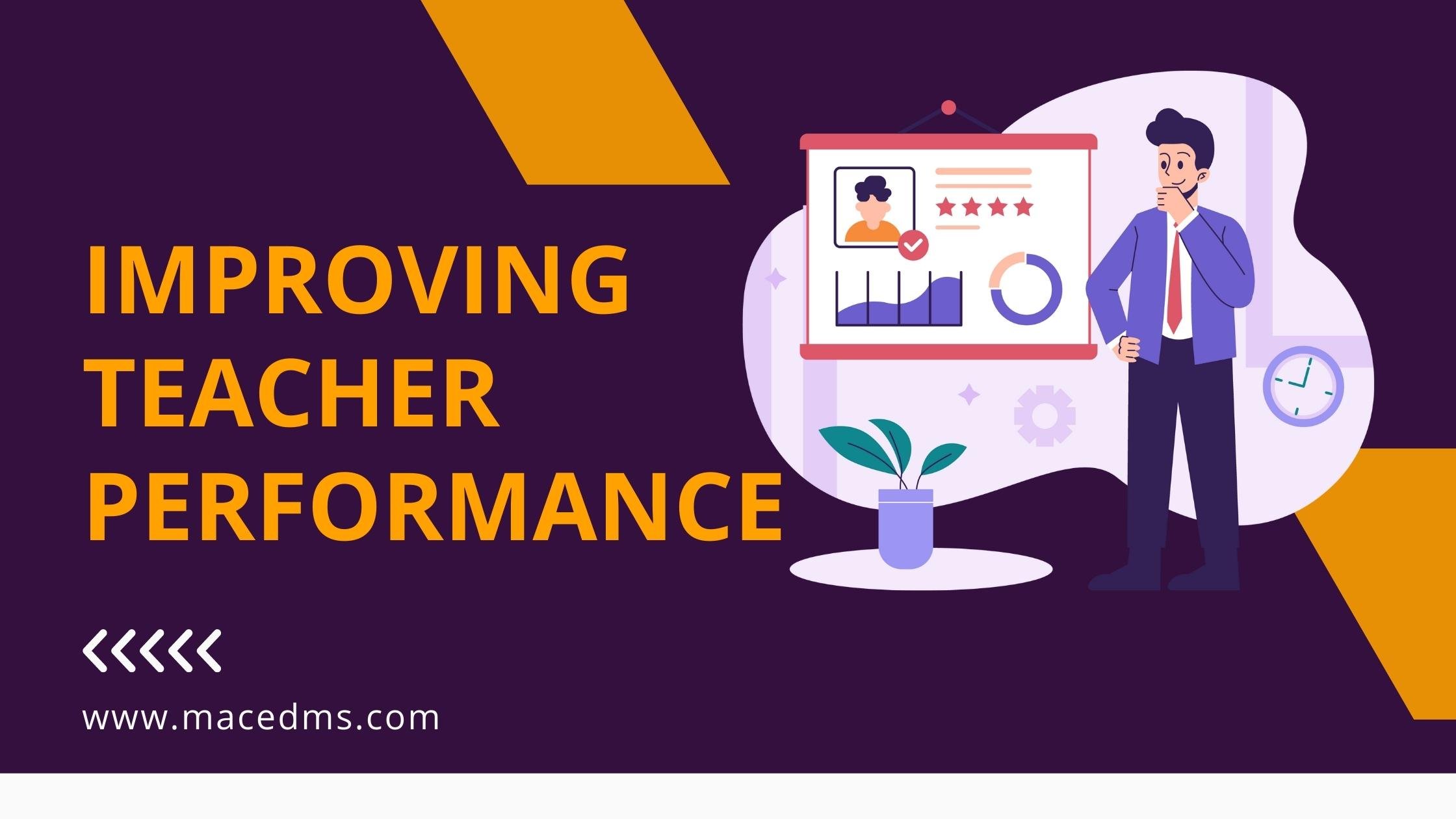Data Analysis: A big Leverage for Schools
Thinking about the different types of data every school pertains to, it is essentially important to analyze the data and design the storage in a manner that helps smooth functioning. By strategically planning the moto big data and Data analysis can provide power to transform the education imparted by an institute to its maximum. To create an optimum utilization environment it is essential to understand the leverage of data analysis for Educational institutes.
The data collection in school results in big data that stores various records. With the help of a robust data analytics program it is easy to determine the need of information and its usage. The big data consists of Student, Course, Teacher profile and Facilities of Administration data. While the student and teacher data is necessary to understand the health traits, personality, behavior and other productive information, the facility data stores a list of resources that can be allocated and utilized for smooth functioning of the institute. Data in Education consists of both academic and non academic nature that determines the productivity and development of the institute.
Benefits of Data in Education:
Data driven decision making: With the numerous data, it is easy to analyze and interpret the working conditions of the institute. Schools need not rely on blind faith to make decisions but rather use the data to make decisions. There are reports and statistics to reflect that the decision made is in the right interest or not.
Access to data is made easier: We are aware that data in education is vast. With the help of various tools it is easy to store all important data in a single space. The data analytics tools help in storing, and organizing all the data in an easy to find outlook.
Ease of finding information: With the data analytics tools it is easy to find the data by just clicking on search. It eliminates the need of going through various files and folders to find a single report. For instance it also eliminates the risk of loss of information as the data is stored digitally with back ups securely.
Types of Data Analysis in School:
Data and education go hand in hand when it comes to decision making. There are different types of analysis done to interpret the data and formulate strategies.
Descriptive: The first type of data analysis done in school is descriptive analysis. The analysis is done considering the past and events that have already occurred. Such analytics tell us what happened. It is the most common type of data in education that is used by schools. When an educator takes assessment and generates reports based upon it. Then it is known as descriptive data. Various records such as attendance, participation in events, assignments all serve a source for descriptive analysis. All the sources that provide a backward glance of information pertained are mainly categorized in this type. Such analytics help in motivating and serving the best potential of students in the schools.
Diagnostic: The type of data analysis based upon the past is called diagnostic analytics. It enlightens the reason for why the pertaining event happened. It provides more in depth insights about students’ performance and capabilities. It helps the institutes to quickly analyze and interpret the gaps and strengths across all the skill sets as well as class levels. It has to determine support target solutions for mostly all the challenges.
Predictive: The type of data analysis formed upon future predictions. It refers to generating insights about what is likely to happen in the coming Times. It uses descriptive and diagnostic analytics to determine and predict future trends. These statistical reviews and high takes measurements help the predictive analytics to forecast outcomes that are likely to be persuaded or avoided. It may result to be complex and timely to gather as well as analyze because it is based upon the past data collected. This type of analysis is quite oftenly outsourced by an Educational Institute as it integrates appropriate datasets required for optimum and co-relative working.
Prescriptive: The fourth and the final type of data analysis done in school is prescriptive analysis. It is mainly subjected to a solution or action that needs to be taken for a future problem that may arise. Aligned with the pedagogical solutions it helps in summarizing the working patterns and create a model which enables change in fatigue or drained morale. It enables you to take full advantage of the promising trends that are persuaded by predictive analysis. It requires both quality data and insights to generate without target evidence based issue solutions. Without appropriate measures it is difficult to interpret and minimize the complexity phase in combining the resources.
Types of Data that can be processed to gather information about the institute are:
Curriculum based: Providing knowledge about the course to be taught and it’s content
Instructions based: A blueprint of how to teach the particular topic mentioned in the curriculum.
Evaluation: Ensuring good quality control over education and determining the best practices for providing education.
Materials: A list of tools that will be used to ensure that students achieve success in what they study.
Assessment: Assessing whether students have understood the topics taught or not
Administration: Looking after the logistical administrative concerns of the institute.
Data collection in school helps in improvement planning and support federal accountability and plan fulfilling templates. In Data analytics the main keywords are focus, implement, evaluate and plan. It refers to identifying the focus of the data and then evaluating it, formulating the plan to create a good analysis for implementation. By implementing the approach strategies are planned to execute improvement in the cycle. It is a continuous ongoing process and ends to the point when utmost efficiency is obtained.
Planning is a team process and at the school level should be done by multiple stakeholders looking after different based needs. While acknowledging the decision making all the data collected must be considered and the performance indicators should be kept at focus. Mainly there are four performance indicators for general dimension of quality and improvement planning. The academic growth, overall achievement, gaps in between and the incorporated areas are the required performance indicators. Apart from performance indicators the measures and metrics are also required. For evaluating the performance metrics easily numeric scale is considered.
Example of data analysis in education is calculating the percentage of students scoring or exceeding on the state CRT value projected on the metrics. The most common example of data analysis in education is considered as the evaluation of a yearly report for assessing the students progress and development. Identifying the trend cycles pertaining to the educational institute is also an active part of data analysis. The direction of data trends could show whether the market pattern is stable, increasing or decreasing. While performing the analysis there is a bifurcation between the priority concerns and non examples. To understand the accountability of a student in a particular subject analysis can be done by taking the previous data as the source. For data driven collaborative study it is important to consider the performance and cross content area for growth.
Best practices to ensure data based decision making:
Collection of data in school: Real time collection of all necessary data is required. Opportunities to demonstrate and create a differential learning environment should be provided to the institute.
Accuracy: For professional development and progress it is important to make sure that the data stored is accurate and timely updated.
Understanding: To analyze the data one must be able to understand the need of storing data, usage of it and its significance. To initiate consistent communication and transparency execution of changes is required. A person will be able to differentiate and analyze easily if it is facilitated with adequate information and quick links.
Training: To provide timely and speedy reports it is important to provide ongoing training to the teachers and administrators. With the help of training they get to know a path to build and improve data literacy skills for appropriate execution.
Data plays a critical role in evaluation of resources, programs and Interventions. Even the federal system uses data for legislation. For better integration and optimization it is important that the data facilitates all the needs and skill sets. For the school community data management is a bulky and timely task. It serves as an evidence of how accomplished or progressed the school is. In today’s world to believe blindly is not practically possible with the help of reports generated or figures identified it gets easy to develop trust and create efficient findings.
For enabling a qualitative and quantitative data management system it is important to store all the data into a convenient and readable format. Qualitative data is more detailed and evidential then the quantitative data thus one must proclaim use of quality over quantity. To determine the efficacy and evaluate the course of action of proper school management is important.
Data analysis is an imperial part of the education system. It helps the teachers to understand students’ learning ability and facilitate an equipped cultural process. The primary goal of data analysis is to increase the efficiency and improve the overall performance of the Educational Institute by discovering various patterns and traits in the data. From the new institutional theoretical perspective Data analysis can be considered as a leverage that helps in boosting the level of education provided to students.





